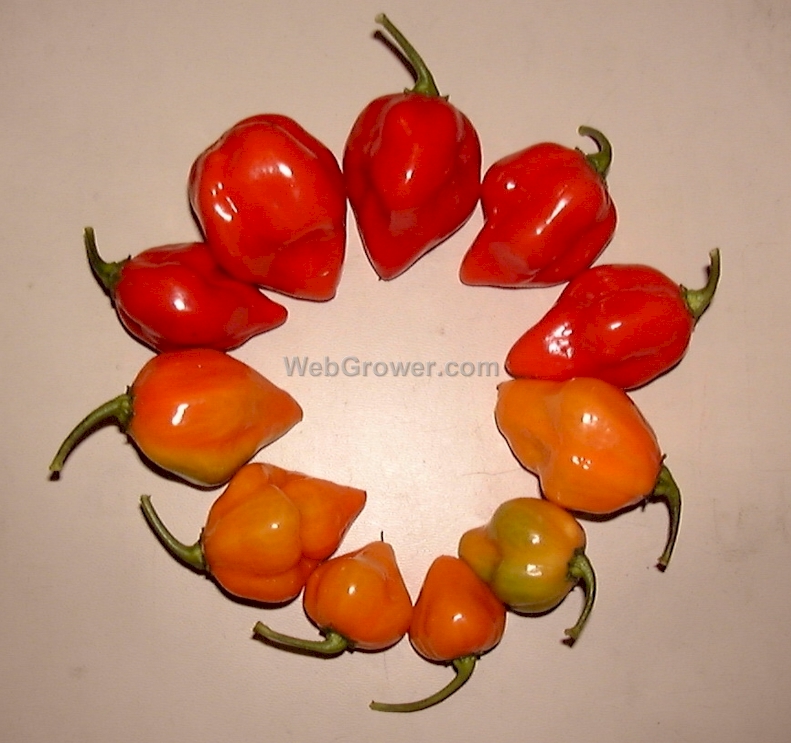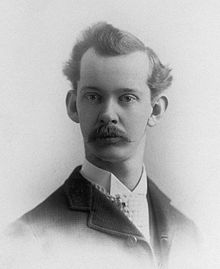Homepage → Gardening Related Topics → The Pepper Heat Scale
The Pepper Heat Scale
Planted July 27, 2001
Last tended to on October 12, 2024
Reading time: 2 minutes

Scoville Units
Conceptually, you know that a pepper is not hot. You can touch one with your fingers and understand that it is at room temperature. However, when you pop a ‘Habanero’ into your mouth, the sensors in your oral cavity may tell your brain that you have just tasted a glowing, hot coal! (Note: Do not touch mucous membranes after touching hot peppers.)
Spicy peppers contain a substance called capsaicin. This is what makes them taste hot. Concentrated in the veins of the fruit, the compound stimulates your nerve endings making your brain “think” that you are in pain. The brain responds by releasing substances called endorphins (like distance runners experience), which are similar in structure to morphine. A mild euphoria results making peppers mildly addictive because of this hot pepper “high” (and you don’t have to run 20 miles!). Ask any pepper-head.

Devised by Wilbur Scoville in 1912, a Scoville Unit is a measurement of capsaicin level in a particular pepper or variety. Although peppers can vary from fruit to fruit, plant to plant, variety to variety, and even season to season, listed below is an approximate scale for several common varieties of peppers.
| Scoville Units | Pepper Variety | |
|---|---|---|
| 16,000,000 | Pure Capsaicin | |
| 2,000,000 - 5,300,000 | Standard US Grade Pepper Spray | |
| 10 | 100,000 - 450,000 | Habanero, Scotch Bonnet, Caribbean Red |
| 9 | 50,000 - 100,000 | Santake, Thai |
| 8 | 30,000 - 50,000 | Cayenne, Tabasco, Piquin |
| 7 | 15,000 - 30,000 | Serrano (5,000 up to 30,000), Chile de Arbol |
| 6 | 5,000 - 15,000 | Yellow Wax, Peter (10,000 up to 23,000) |
| 5 | 2,500 - 5,000 | Jalapeno (3,500 up to 10,000), Miasol |
| 4 | 1,500 - 2,500 | Sandia, Cascabel |
| 3 | 1,000 - 1,500 | Ancho (Poblano), Pasilla, Espanola |
| 2 | 500 - 1,000 | Anaheim, New Mexico |
| 1 | 100 - 500 | Mexi-bells, Sweet Cherry, Pepperoncini |
| 0 | 0 - 100 | Mild Bells, Sweet Bananas, Pimento |
When peppers are dehydrated, they tend to increase in “heat” by about 10 times.
Source: Biography of Wilbur Lincoln Scoville at Wikipedia
Copyright © 1998 - 2024 - All rights reserved
WebGrower.com℠ is a service mark of Victory Horticultural Group, LLC.
• Privacy Statement •
This site participates in the Amazon Services LLC Associates Program, an affiliate advertising program designed to provide a means for sites to earn advertising fees by advertising and linking to amazon.com.